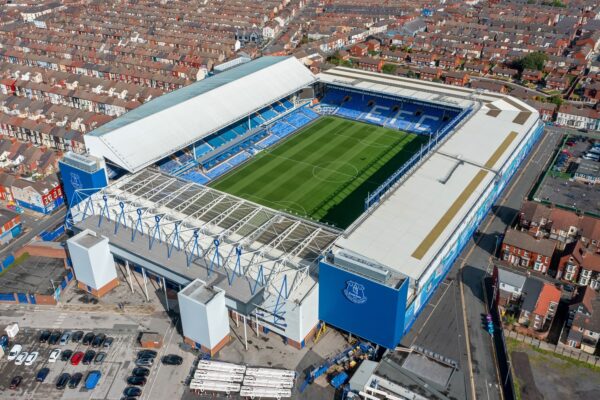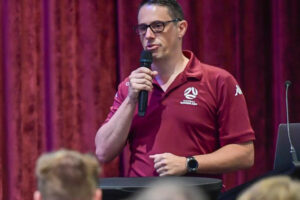
Western United fielded its first ever women’s team in a curtain-raiser exhibition match against the Tasmanian state team at UTAS Stadium on Tuesday, April 19.
It was another big step in the club’s journey to the A-League Women competition. The club announced last year that it had been granted a license to join in the 2022/23 season, after the Wellington Phoenix expanded the competition to 10 sides in 2021/22.
With the FIFA Women’s World Cup 2023 front and centre in the minds of many, women’s football is seeing massive growth across Australia.
But a desire for development requires continued investment. In a Q&A, Soccerscene spoke to Calder United president and Western United Women’s Football Integration Manager Amanda Stella about the journey to be able to field a team at all, backed by a strong connection between two teams.
How was the experience for the girls?
Amanda Stella: It was a good hit out for the girls, where it was a 1-1 game. It was pretty close with end-to-end chances.
Our girls were very spent by its conclusion. They played Bulleen the night before, so they were feeling pretty flat and had to pick themselves up. We had a couple of last minute injuries to a few girls and they couldn’t play, so it put the load back on some of them.
It was difficult, but it was an amazing experience and they were all very grateful they got to go. However it was the worst conditions for football. It was raining, and made for some miserable weather.
How did it help the players’ integration within Western United?
Amanda Stella: That night we stayed and watched the A-League Men’s game at the chairman’s function, and got some acknowledgement from the board and the chairman. Afterwards we went and had pizza with all the staff of Western United and the board that were there, which was great.
Everyone met up for a little bit of a get together later on in the night, and a lot of the men’s A-League team came along as well.
It was a great moment for the girls and a real taste of what it will be like when the club has the A-League Women’s team up and running.
Even for the Western United commercial teams and marketing teams – to meet the girls and spend some time with them – it was very well worth having everyone in the one place.
What have been the aims of the past year?
Amanda Stella: It is about getting Western United on track with having a women’s team, and all the things that go with that. It is a little bit of an extra workload for everybody, but also a good opportunity for the club to feel what it will be like to be a complete A-League club in both men’s and women’s.
There’s lots of positives, and a lot of hard work to come, but they’re a club that is extremely ambitious and are looking for success with their A-League Women team. This development squad will help get that started.
I would be suggesting there is still plenty of positions available to current A-League Women’s players and those from overseas to lift it up, but a lot of players will come from this group which will give them a great opportunity.
How has the connection with Calder United helped?
Amanda Stella: For the girls that are involved from Calder, it gives them an extra skill session every week, which is always a big bonus.
We have had two years of not a lot of football in Victoria, so that is probably number one, and to get the experiences we did in Tasmania. Some exposure on social media, like you guys wanting stories and photos of the girls and interviews with the girls out there, that’s only a positive.
Whether they all become A-League Women players or not, I think they are all grateful for the opportunities they have had and what still may come in the future.
The first team will not look the same as the second year team and the third year team. This process is just the beginning.




























